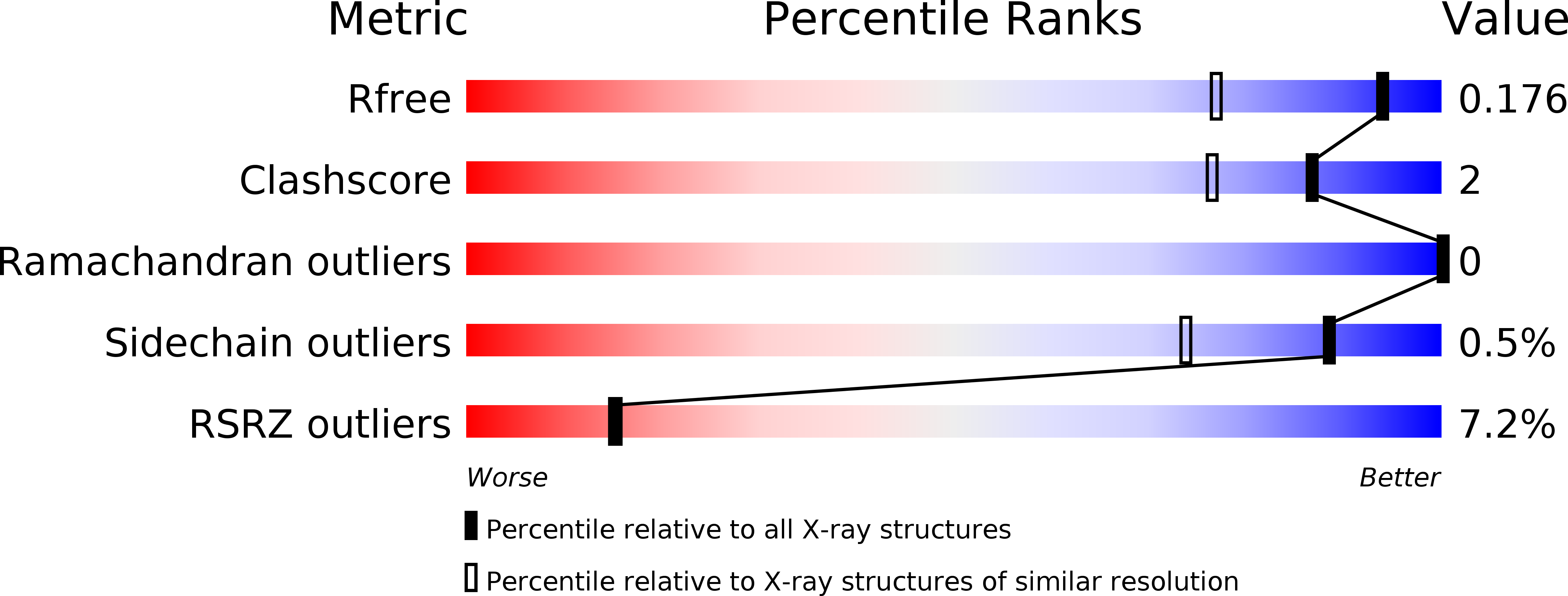
Deposition Date
2013-05-19
Release Date
2013-07-31
Last Version Date
2024-10-09
Entry Detail
PDB ID:
4KT3
Keywords:
Title:
Structure of a type VI secretion system effector-immunity complex from Pseudomonas protegens
Biological Source:
Source Organism:
Pseudomonas protegens (Taxon ID: 220664)
Host Organism:
Method Details:
Experimental Method:
Resolution:
1.44 Å
R-Value Free:
0.17
R-Value Work:
0.14
R-Value Observed:
0.14
Space Group:
P 21 21 21


